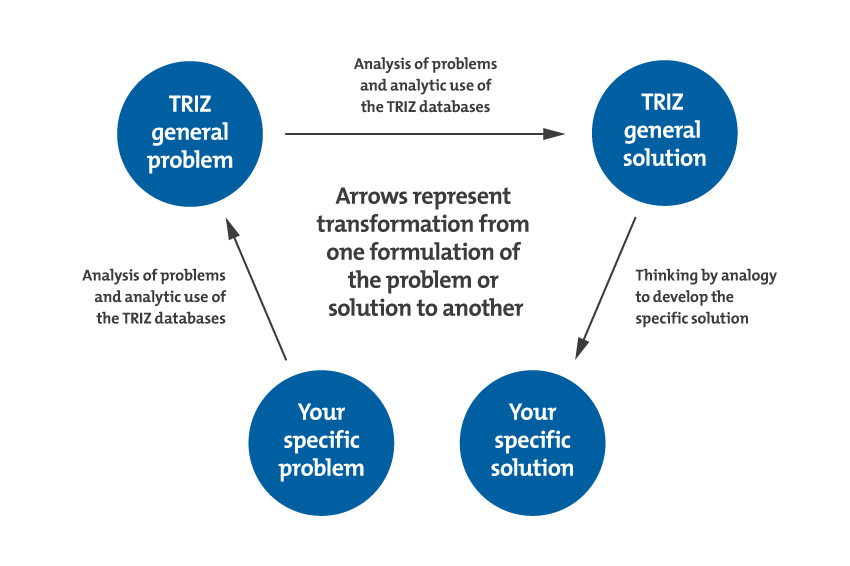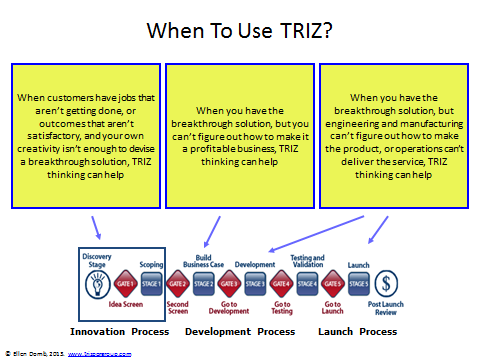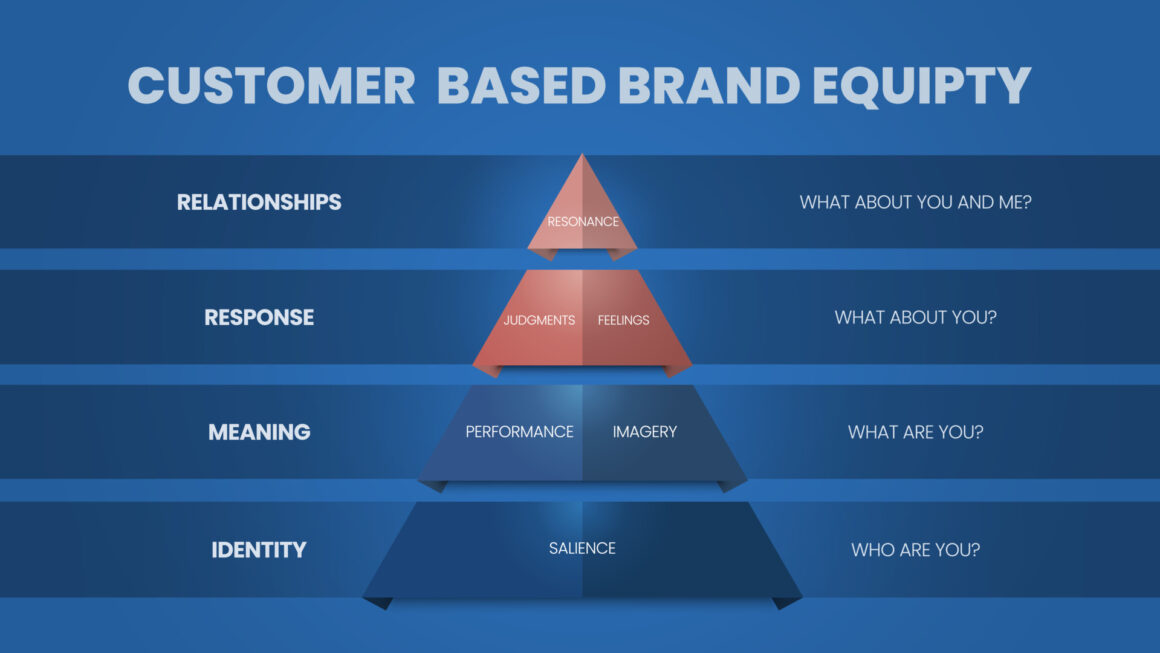All sorts of projects reach a point in the development process where the analysis portion of the project is complete, but it is unclear what the next step should be. To figure out the next best step, the project team must be creative to figure out what to do. Traditionally, common creativity tools and methodology have been constrained to brainstorming and similar methods, which are dependent on team members’ intuition, knowledge, and orders
given by somebody in a position of authority. These common creativity tools and methods are often described as
psychologically based; and unfortunately, they often have unpredictable and unrepeatable results.
And that’s where TRIZ should come in…
TRIZ is a (Russian) acronym for the “Theory of Inventive Problem Solving”, which was developed by G.S. Altshuller and his colleagues between 1946 and 1985 in the former U.S.S.R. According to the TRIZ Journal webpage, “TRIZ is a problem solving method based on logic and data, not intuition, which accelerates the project team’s ability to solve these problems creatively. TRIZ also provides repeatability, predictability, and reliability due to its structure and algorithmic approach.”

As opposed to psychologically-based common creativity tools, “TRIZ is an international science of creativity that relies on the study of the patterns of problems and solutions, not on the spontaneous and intuitive creativity of individuals or groups. More than three million patents have been analyzed to discover the patterns that predict breakthrough solutions to problems.”
It also should be noted that TRIZ solves all kinds of problems, not just those involving patentable entities. TRIZ research first began with the idea that there are universal principles of creativity that form the basis for technology advancing creative innovations. The TRIZ researchers hypothesized that if these universal principles of creativity could somehow be objectively identified and codified, then they could be made teachable to people and make the innovation process more predictable. A condensed version of this idea is as follows:
“Somebody someplace has already solved this problem (or one very similar to it). Creativity is now finding that
solution and adapting it to this particular problem.”
As described in the “What is TRIZ?“ section on the TRIZ Journal webpage, the three primary findings of TRIZ
research since its inception are:
1. Problems and solutions are repeated across industries and sciences. The classification of the contradictions in
each problem predicts the creative solutions to that problem.
2. Patterns of technical evolution are repeated across industries and sciences.
3. Creative innovations use scientific effects outside the field where they were developed.
And accordingly, the practice of TRIZ involves learning these repeating patterns of problems and solutions,
repeating patterns of technical evolution and methods of using scientific effects, and then applying these general
TRIZ patterns to your specific problem.
When to Use TRIZ?

While modern industry has developed its own best practices for the new product development process, such as the
popular Stage-Gate Process, it would be naïve and counter-productive to not try to introduce a new arsenal of
tools such as the TRIZ approach to tackle difficult inventive problems. If properly used, the TRIZ approach and
best practices such as the Stage-Gate Process can greatly benefit each other. These approaches are not rivals, but
rather can be used to amplify each other’s successes.
If you like this concept, you should also read Diffusion Of Innovation



